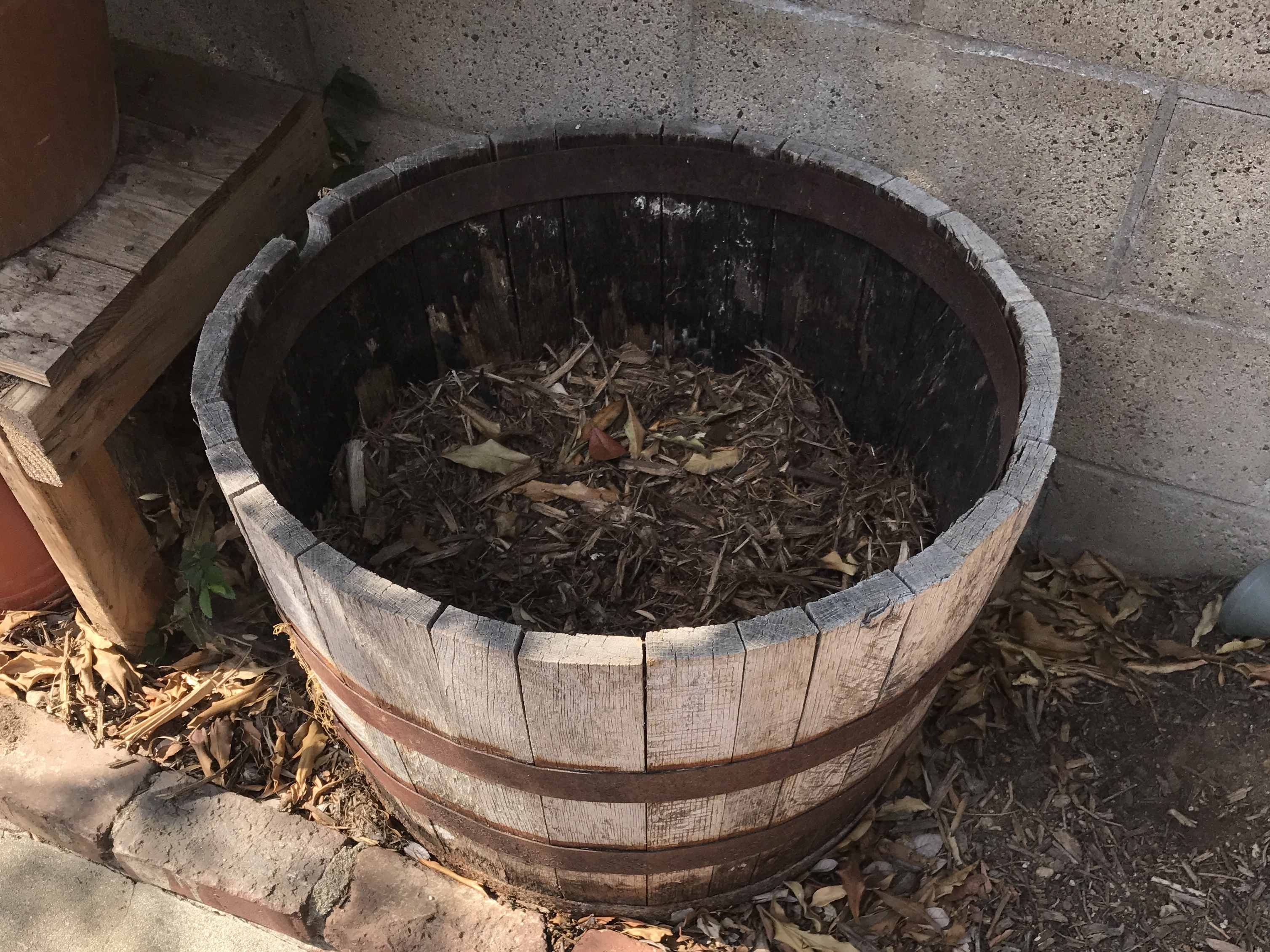
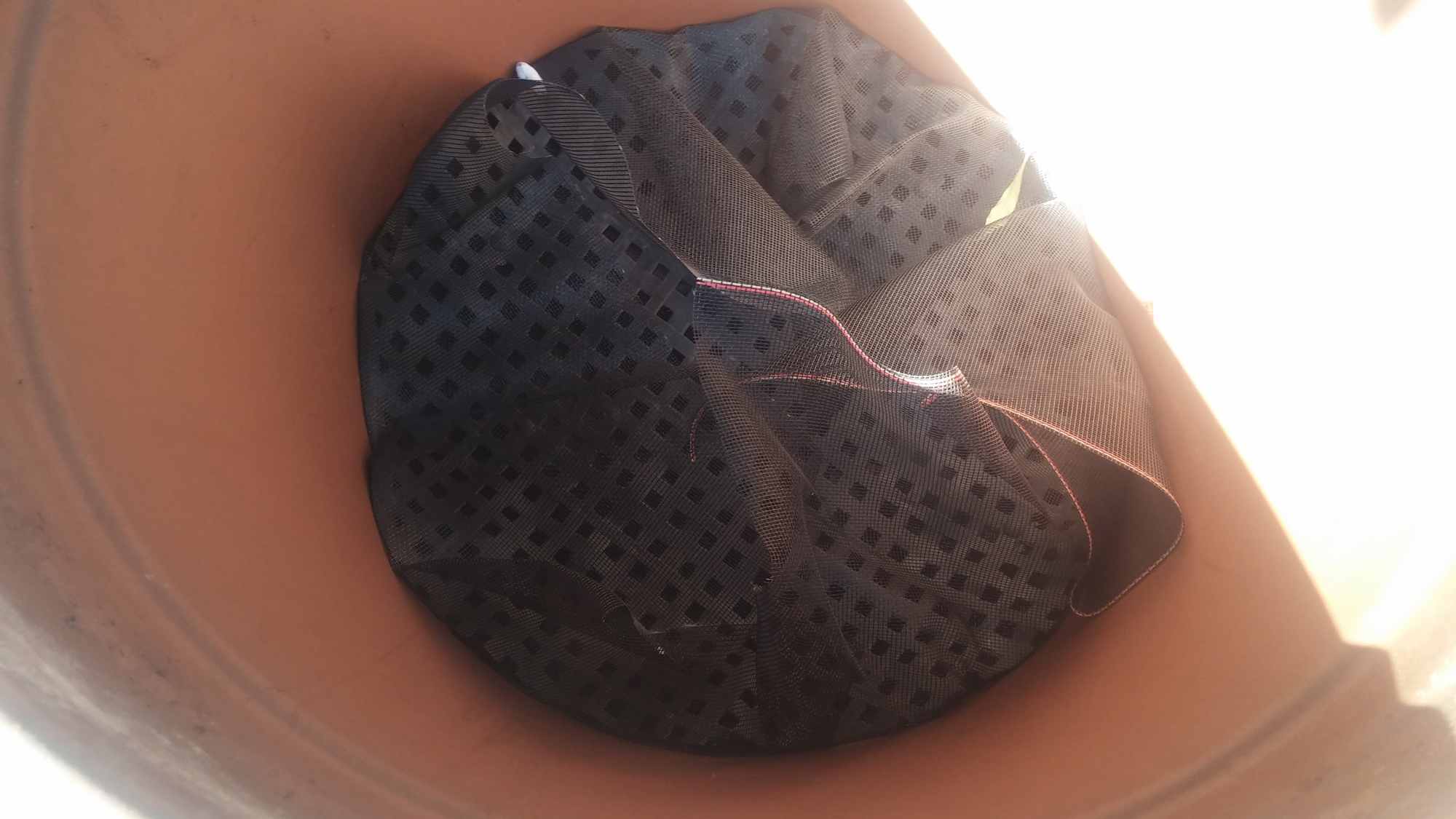
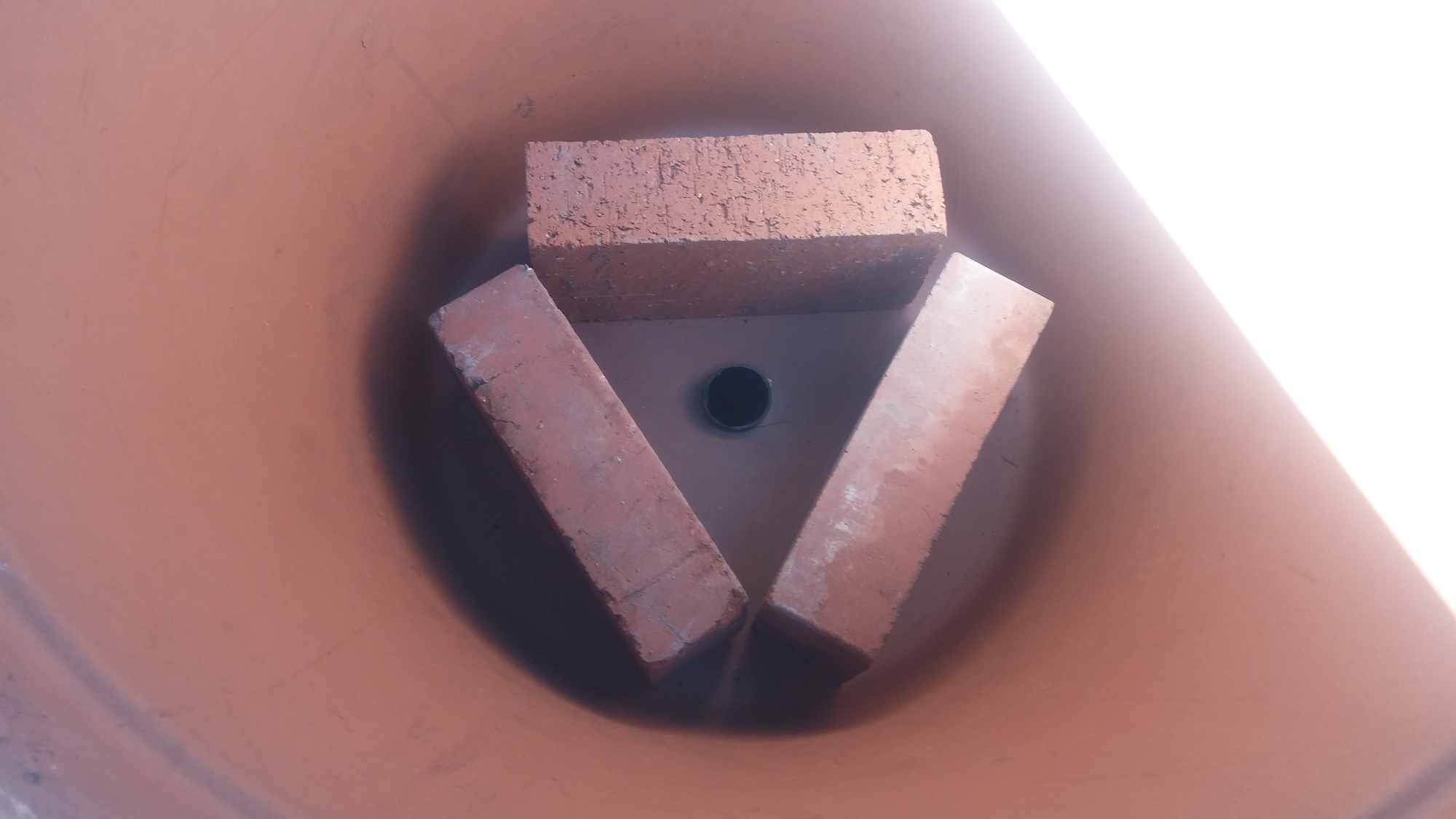
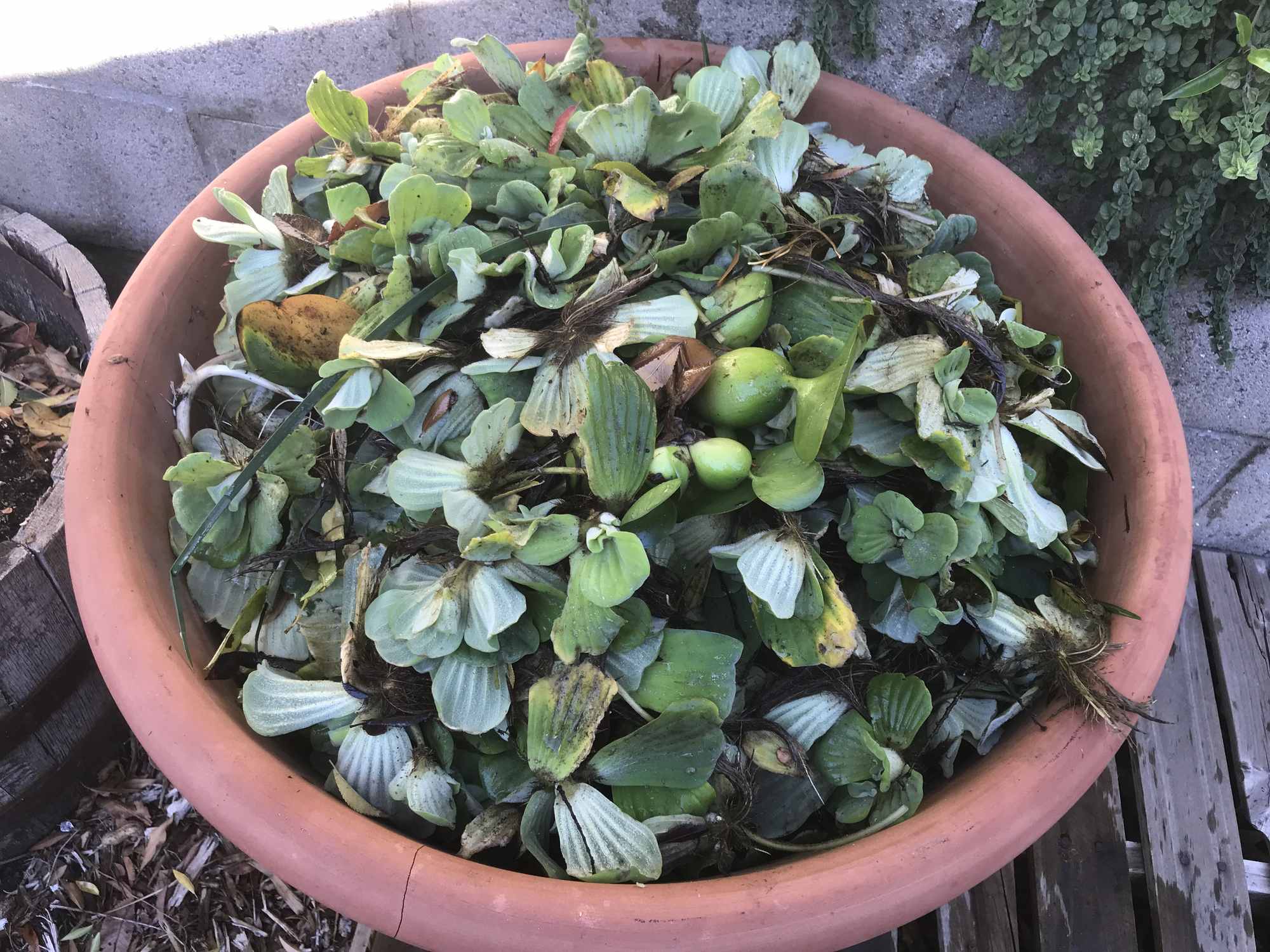
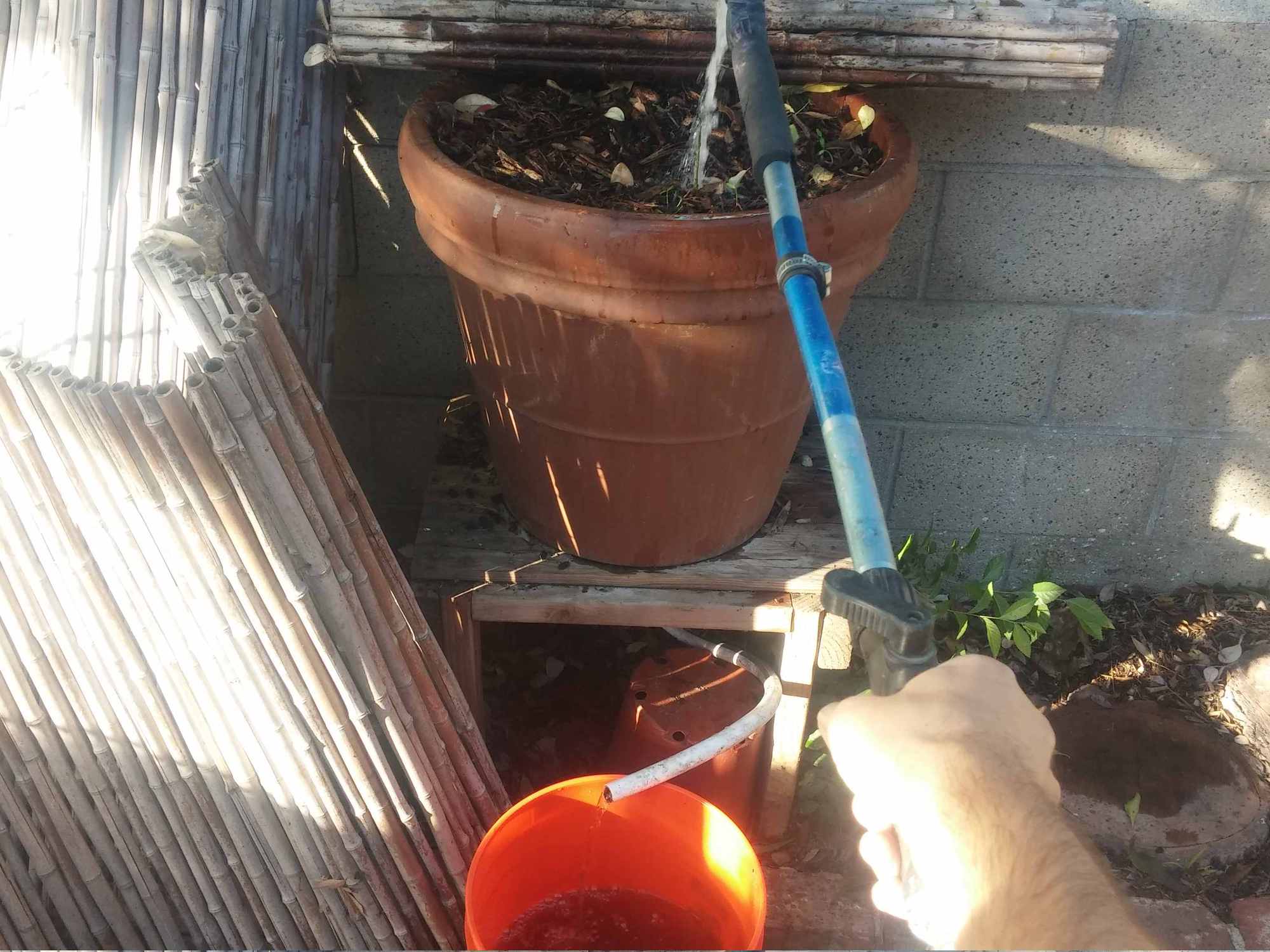
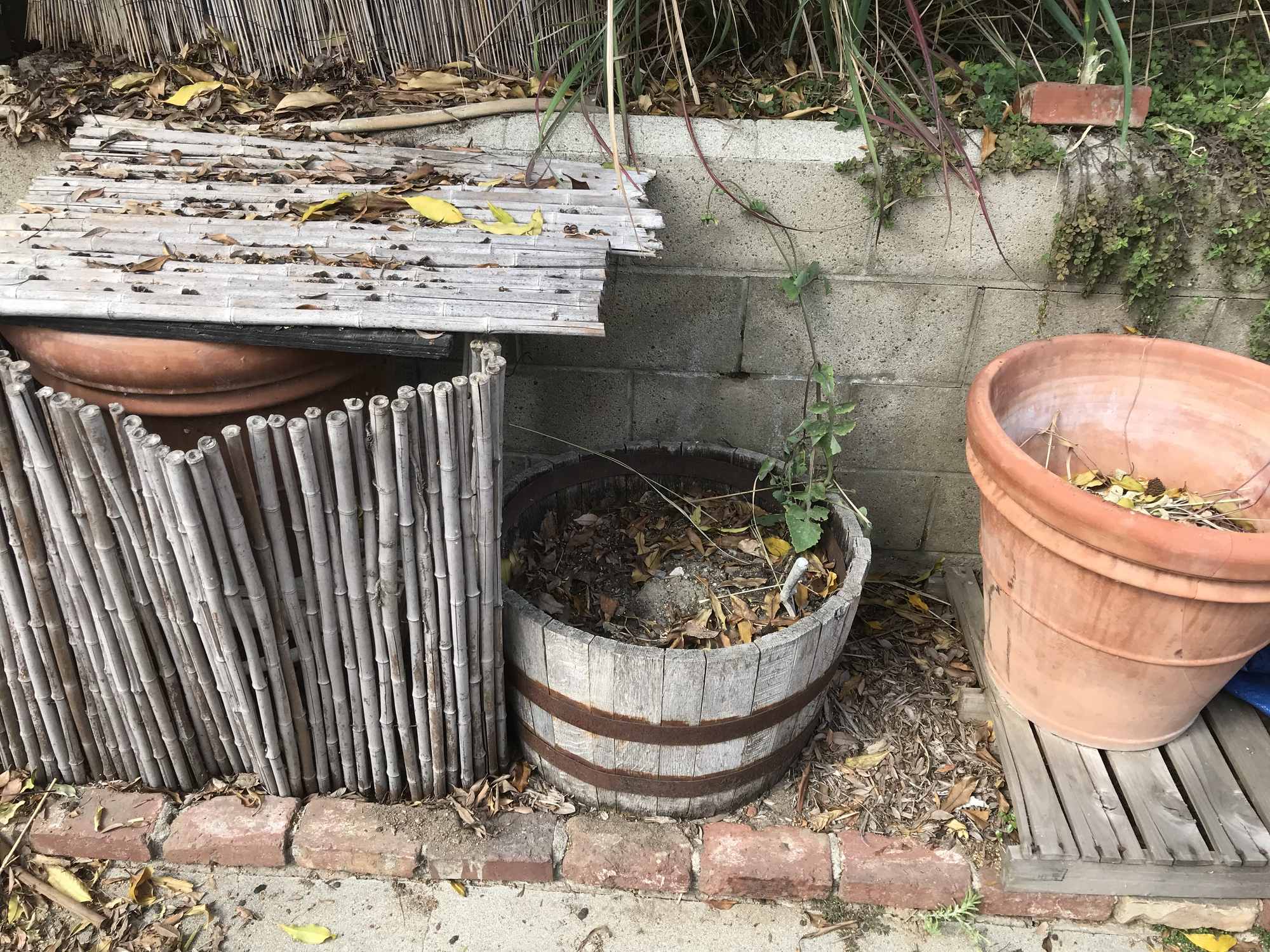
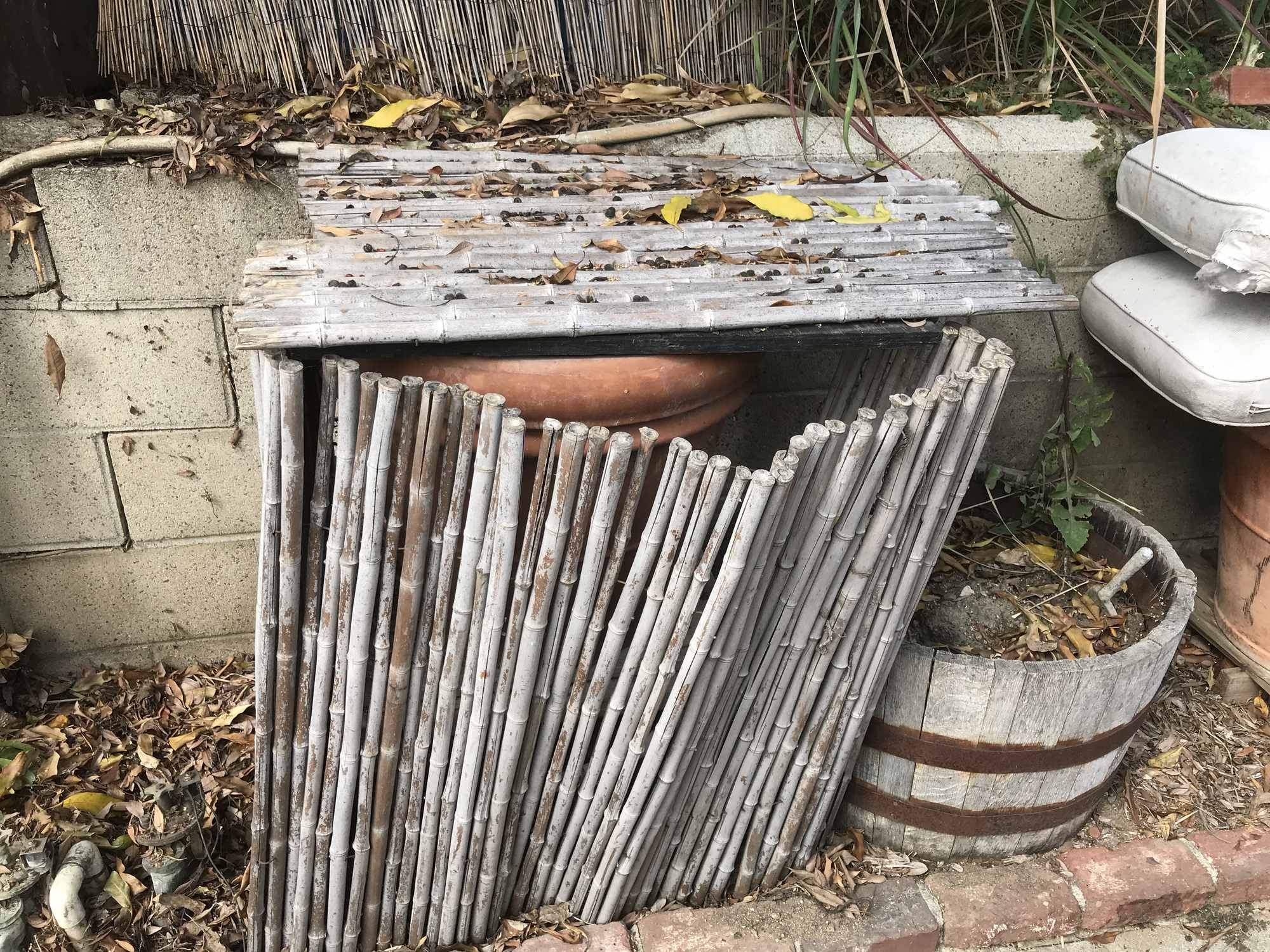
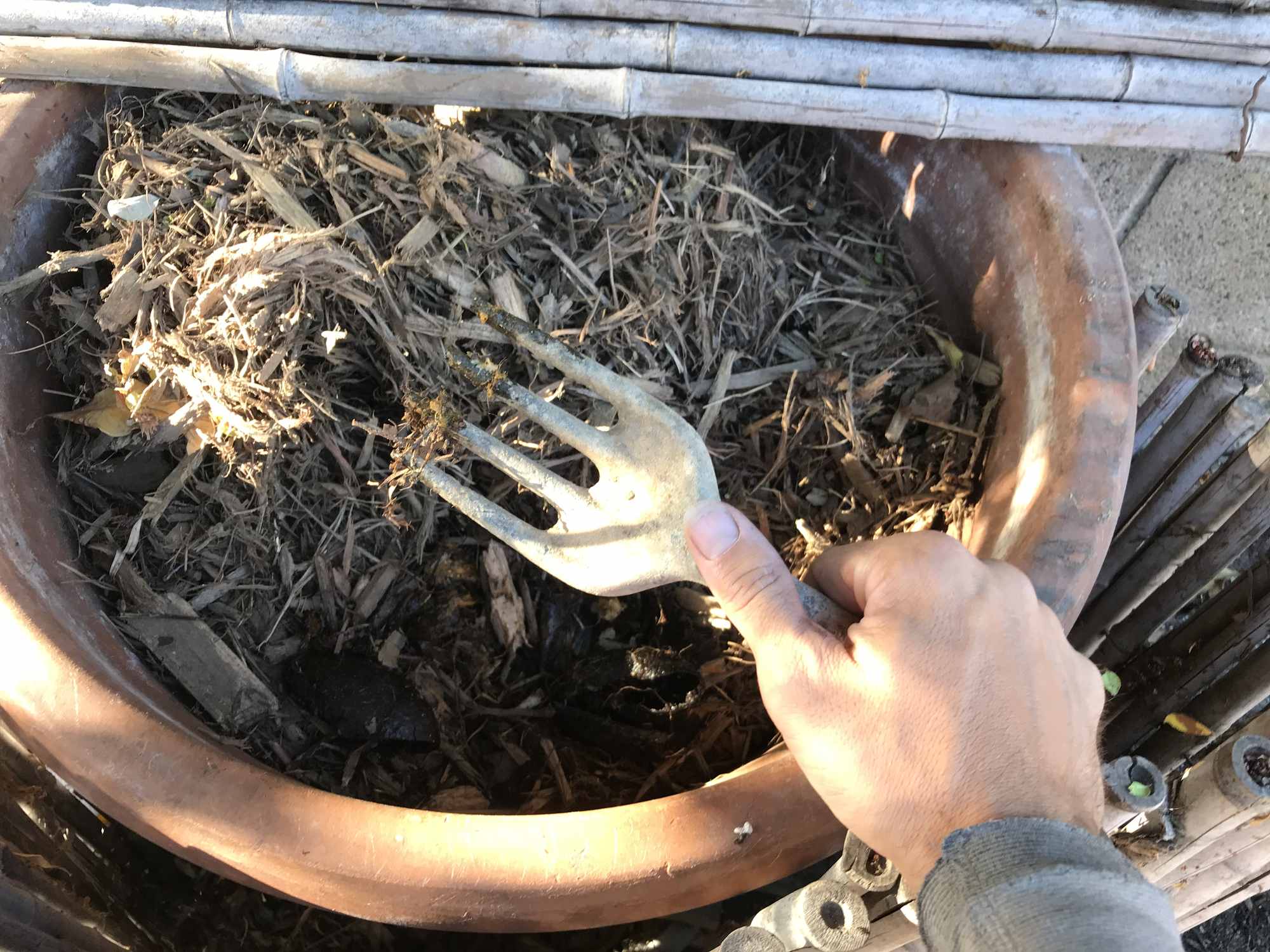
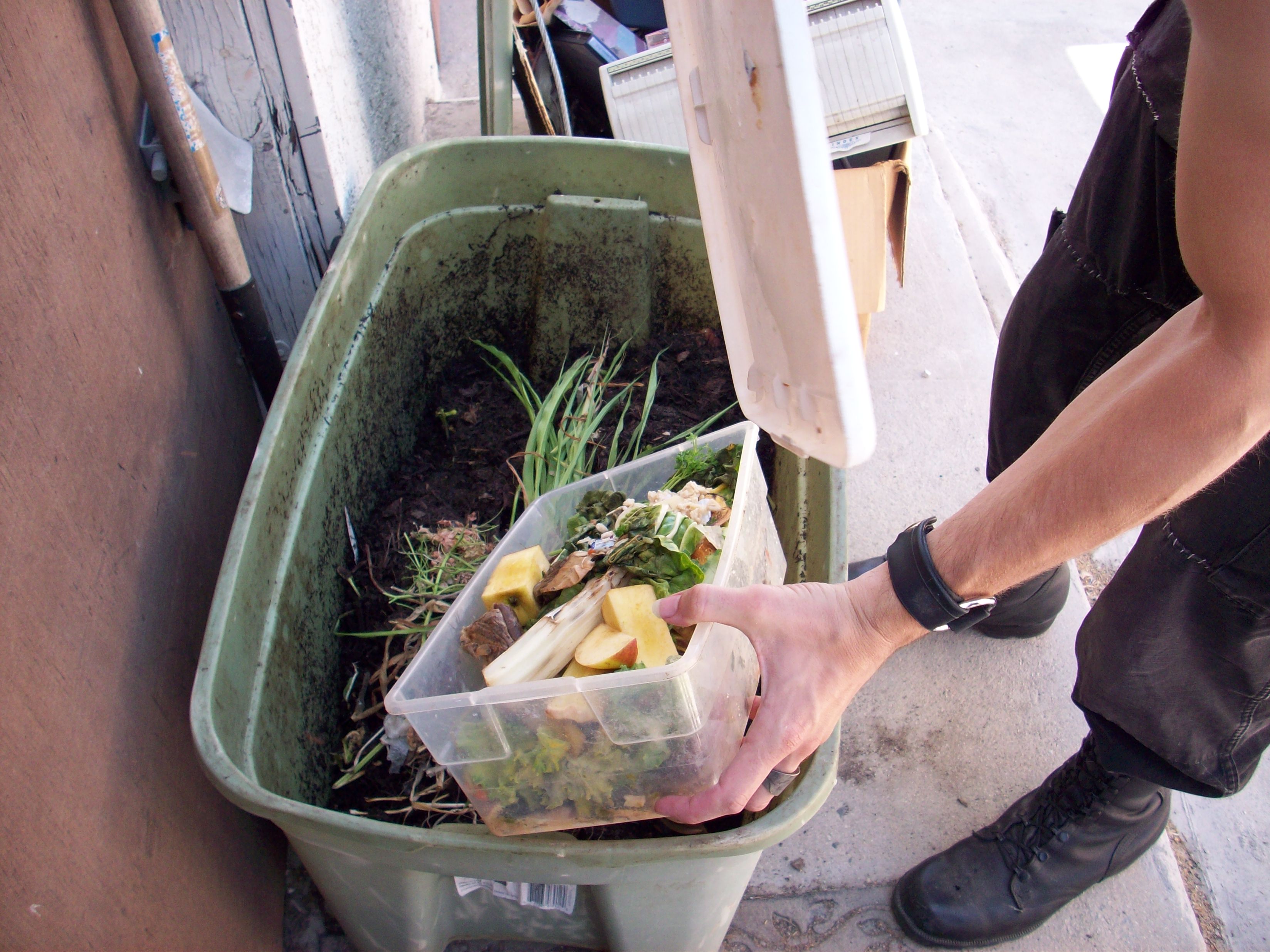
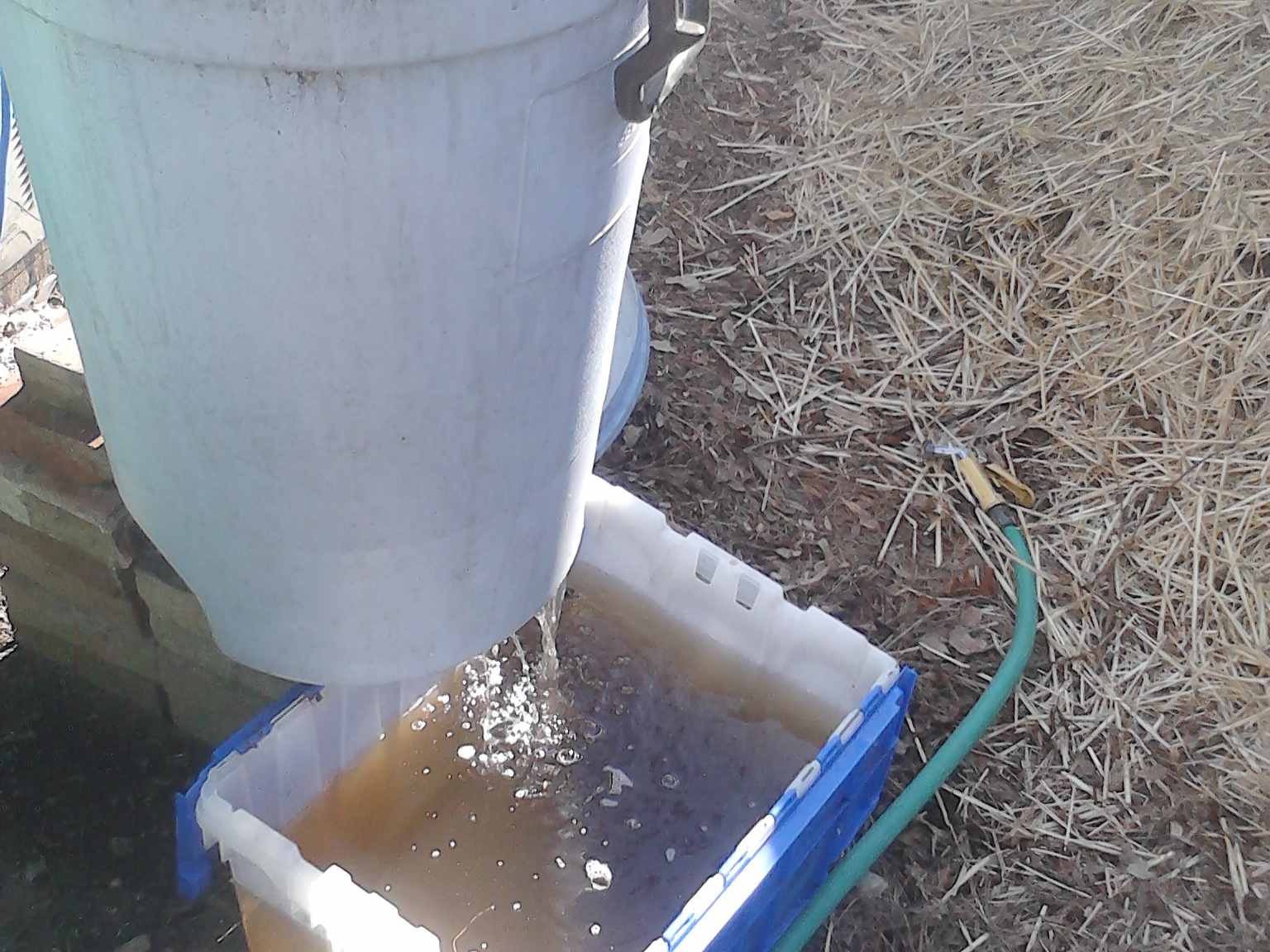
Worm Bin Vermiculture Compost Systems
I remember the first zip lock bag of red wiggler compost worms I was gifted by permaculture teacher. It was an exquisite experience to integrate these precious creatures into my human ecology lifestyle. I quickly realized how much value is missed out on by simply piling up or storing buckets of kitchen scraps without integrating worms. The fertility products they create are some of the most nutrient dense and bio-available for plants that are known to exist. The fine processing of food scraps become biologically fortified as the worms excrete them. They're voracious eaters and do a lot to keep the food scraps from smelling and from piling up. It's amazing how fast they can propagate and you'll often see them take over the container by the hundreds if not thousands. There's so much to learn about them, they're habits, their needs, what to avoid feeding them, etc. The simple rules I live by are to make sure they have ventilation air flow, good drainage, and avoid alliums like garlic and onions, along with citrus fruits. Other than those things, they'll pretty much eat anything. Many people avoid meat and dairy mainly because those inputs do tend to smell bad, they also attract more noxious creatures to the compost. Depending on the circumstances, such as if you're feeding worms in the house under the kitchen sink, you'd want to avoid meat and dairy. Though further from the main dwelling in a broader scale permaculture site, you can get away with more further away. It is important however to make sure that whatever container you're using, it's very secure. Ant invasions can be the worst enemy, while rodents and other critters my dig around in or knock over the worm bin, certain ants will devour the worms themselves. I've lost whole worm colonies to this in the past. Optimal temperature is important as well. They do best in the shade and struggle in extreme heat and freezing cold so anything you can do to buffer extreme temps the better.
I've made numerous different types of worm compost systems from plastic totes or bins, to large trash cans, to wooden barrels, to clay pots. So far, large clay pots are my ideal choice. The drainage hole in the bottom can be adapted to create a compost tea harvesting system. Worms are used to rain percolating through the soil, as long as they're good drainage so they don't drown, they don't mind a bath. My best results for the garden have been when I run well filtered water into the worm bin, catch the "fertigation" or compost tea water with a bucket below an elevated clay pot, and apply that to the garden on the days that I water. There are different dilution ratios to consider but for me, this has been very intuitive and worked very well. Beyond the value the worm compost tea provides to the plants at the root level, it's also possible to help prevent disease of plants by applying the tea to their leaves. This creates a beneficial and protective bio-film that inhibits the growth of pathogenic organisms and thus makes for a healthier plant. Depending on which plants you eat raw, or eat directly from the leaves, you may reserve this technique for plants that you don't eat the leaves of. Worm compost is known to actually limit the growth of pathogens harmful to humans though to be on the safe side, it's best to treat it as a potentially biologically contaminated substance and therefore appropriate risk mitigating food preparation practices are important.